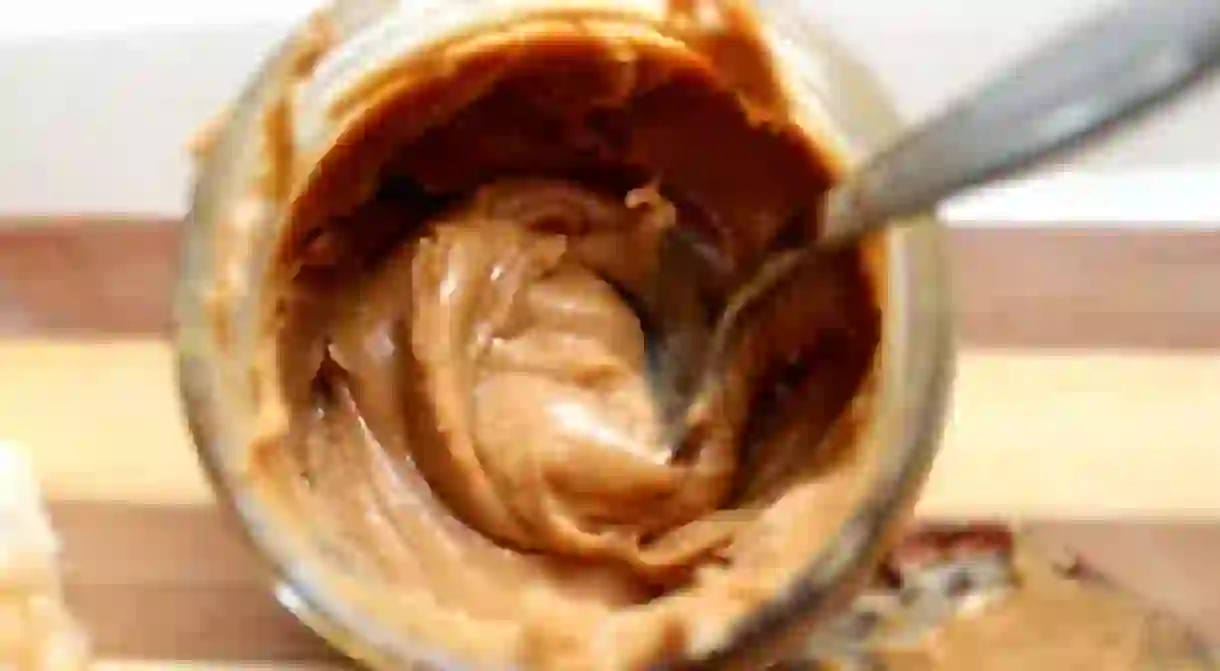Menu of the Day: Food From Minas Gerais in Brazil

Widely considered the gastronomic capital of Brazil, Minas Gerais boasts a culture centered around every step in the food cycle, from cultivating local produce to carefully preparing rich, flavorsome dishes. Food here is typically presented in heavy, feel-good dishes, while key ingredients include pork or chicken, beans, cassava flour, corn, and regional cheeses, all washed down with locally-produced cachaça. Here’s what’s on the menu in Minas Gerais.
Cocktail hour
Minas Gerais is home to several excellent cachaça distilleries, including award-winning brand Vale Verde, which is considered among the best in Brazil. Given that this landlocked state is famed for its cachaça, it’s only logical that happy hour begins with this sugar cane-based spirit. Any cachaça by Vale Verde is smooth enough to drink pure and can be leisurely sipped. Alternatively, it makes the ideal base for a flawless lime caipirinha.

Appetizers
Pão de queijo
Pão de queijo – cheese bread – is usually made with queijo Minas (local cheese) and cassava flour to form small balls of gluten-free ‘bread’ that is crispy on the outside and stodgy on in the inside. It’s sold throughout Brazil yet when it’s made fresh with regional cheese, it’s hard to find a better pão de queijo than in Minas Gerais.

Cheeseboard
Minas Gerais produces several light kinds of cheese and the most famous is queijo Minas. Soft and mild, queijo Minas is produced throughout Brazil yet the best is found in Minas Gerais where it’s produced locally and often consumed unpasteurized. Other great cheeses to look out for are queijo Canastra (a firm cheese with a distinct yet mild flavor) and requeijão (a spreadable cheese perfect with pão de queijo).
Soup course
Bambá de couve
With origins supposedly from the time of the slaves, bambá de couve is a soup made with meat broth and thickened with fubá (a corn-based type of flour) before adding shredded wild cabbage and slices of sausages. Ideal for the chilly nights in the winter (thanks to its elevation, Minas Gerais gets cold winters), this soup is especially common in Ouro Preto, a colonial town in the Minas Gerais state.
Sides
Feijão-tropeiro
Once part of the staple diet of merchants who transported goods on the backs of donkeys, feijão-tropeiro is now a regular side on the Minas dining table. It’s brown beans mixed with cassava flour, chopped boiled eggs, shredded wild cabbage and diced sausage, and is served as a side to the main meal.

Couve refogada
The essential side for dishes such as feijoada and tutu de feijão, couve refogada is finely shredded wild cabbage mixed with diced garlic, onions, and chopped bacon.
Main dishes
Frango ao molho pardo
Frango ao molho pardo is a dish made with pieces of chicken cooked in its own blood with vinegar to make sure the blood remains smooth. The result is a dark brown sauce that is rich, creamy and full of flavor, with tender pieces of chicken. It’s typically served with rice and a sprinkle of parsley.
http://instagram.com/p/BiUio-sDbXQ/?tagged=frangoaomolhopardo
Frango com quiabo
One of the most classic dishes from Minas Gerais, its origin is said to be a fusion of indigenous and African flavors and cooking methods. Frango com quiabo is made with pieces of chicken cooked slowly with okra (sometimes known as ‘ladies’ fingers’) before being served with white rice.
http://instagram.com/p/BjFREwMlXBB/?tagged=frangocomquiabo
Tutu de feijão
A popular dish in Minas Gerais, tutu de feijão is usually made with brown beans blended into a paste and thickened with cassava flour. It’s then served with rice, shredded wild cabbage, pork scratchings, and fried pork.
Leitão a pururuca
Pururuca is crispy pork skin; leitão a pururuca is when pork meat is roasted with the skin. Once it’s cooked, it’s usual to rub ice over the surface and then sprinkle hot oil over the top to make the crackling extra crispy. Some chefs may use a blow-torch to get the same effect.
Sweets
Doce de Leite
The most traditional sweet in Minas Gerais is Doce de Leite – sweet milk – made from fresh milk and sugar. It’s made locally in Minas and can be found homemade at the farmers’ markets in Belo Horizonte, Tiradentes, and Ouro Preto.

Doce de abóbora
Doce de abóbora – sweet pumpkin – is a sweetened pumpkin paste sometimes mixed with shredded coconut. It’s easy to make and is a popular sweet to create at home.
http://instagram.com/p/Bi4larxnZNB/?tagged=docedeabóbora
Romeo and Juliet
Romeo and Juliet is the name of the sweet that mixes queijo Minas with guava paste, to make a delicious sweet and savory combination. It can be served as a slice of cheese and guava paste, or made into more elaborate desserts such as cheesecakes or cupcakes.













